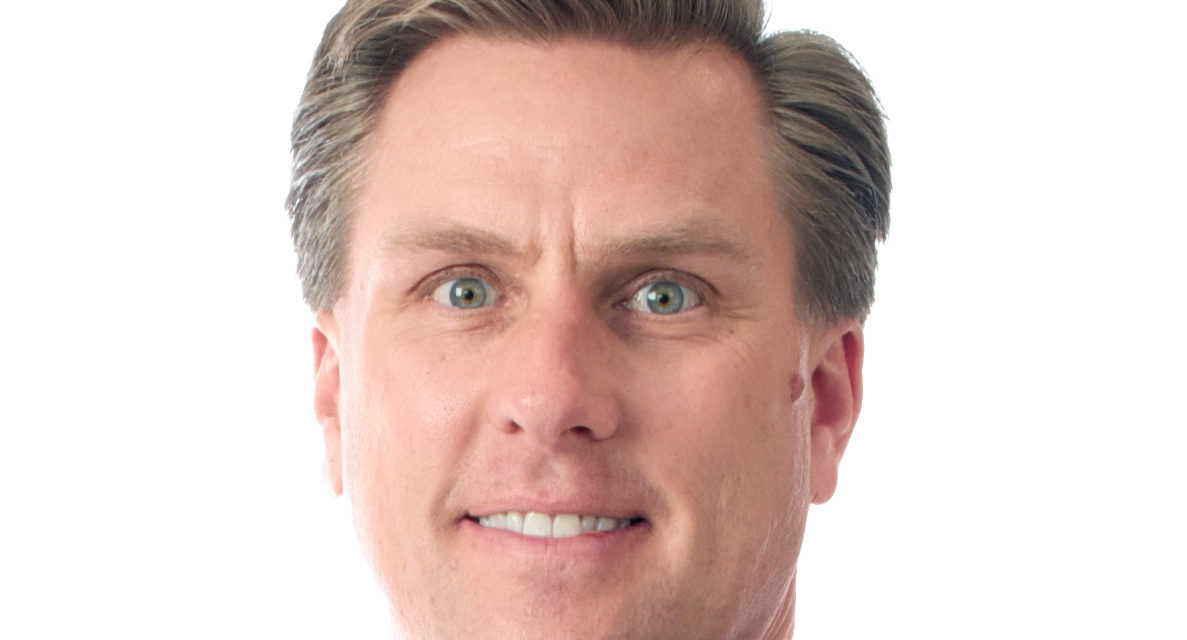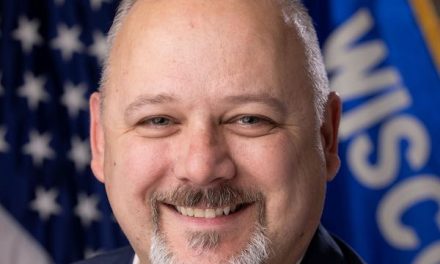
NOVO Health brings the sharing economy to healthcare

NOVO Health is looking to bring the sharing economy to healthcare, according to CEO Curt Kubiak.
The Fox Valley company aims to connect independent doctors to self-insured employers. By cutting down on administration and providing care in cheaper settings, like ambulatory surgery centers, they’re able to reduce costs, Kubiak said.
More than 300 companies and 300,000 lives have access to Novo Health. The company’s approach has also brought together employers, providers and patients.
“We truly do have people getting on the same side of an issue and trying to solve the problem,” Kubiak said.
Kubiak, who’s also CEO of the Orthopedic & Sports Institute of the Fox Valley, recently spoke to Wisconsin Health News about the company. Edited excerpts are below.
WHN: How did NOVO Health get its start?
CK: Some of the groundwork for NOVO Health was really started at the Orthopedic & Sports Institute. And as we discovered what we could do for muscle, bone and joint care, in terms of offering solutions for patients and also for employers, we kind of proved the market value there. From there, we realized that the solutions that we created weren’t specific to orthopedics. Other specialties like spine, oncology, women’s care, cardiology could apply the same principles. And so with the multiple specialty aspect, we really couldn’t go to market under the Orthopedic & Sports Institute anymore. So NOVO Health was born of that desire to offer more to the market.
WHN: What’s your business model?
CK: We are looking to fill the sharing economy gap for healthcare. By that I mean, if you look at the sharing economy model, with Uber and Airbnb being probably the two best known sharing economy models in the market, you can take a group of resources in a community and make them available to consumers in the community by creating a new platform, a way for them to find one another. That’s the NOVO Health model.
There are independent physicians in this community that would like to sell their services directly to employers. But they don’t have the means of doing that today nor do they know how to get started. The NOVO Health platform allows for them to provide those services directly to self-insured employers. And so we create a market that didn’t exist.
WHN: What’s been the reaction?
CK: I think it’s been very positive. The physicians are appreciative of the fact that they can practice medicine the way they want to. The two things that keep physicians up at night are access to patients and their income stream. “How am I going, in a declining reimbursement market, to maintain my income? And then where are my patients coming from?” So this NOVO Health model allows physicians access to patients because self-insured employers are encouraging their employees to seek these providers out because they offer competitive, known rates. They’re all quality, vetted providers. And we also look to improve access. So same-day, not next-day, access to providers is our objective. So physicians are very excited about it.
Employers are excited because they’ve got the opportunity to start controlling their healthcare spend. So today they’ve got increasing health costs related to premiums, deductibles and co-insurance. They’ve done what they can to try to keep healthcare affordable to their employees. But they really haven’t been able to reduce the cost. So this model allows them to direct their employees to places where they truly save money with the procedures that we offer. So employers are happy to have access to it once they become aware of it.
From the patients’ perspective, we’re asking them to do something very different. We’re asking them to become a consumer of healthcare services. So it’s not easy to have somebody who’s never bought healthcare, based on cost, quality, access, to do that. So we’ve asked that employers share some of the cost savings that we offer them with employees. A significant part of the model is to offer cash to the employee for choosing NOVO Health providers.
The reception from the users has been positive in that it’s kind of a retail experience, where the patients are using the services. It’s a little more personalized. It’s a little more efficient. But I think our drawback is that we’re limited in the services that we offer today. It’s new to the market. We’re still attracting different physicians to come and facilities. So over time we’re hoping to provide a wider breath of service and a wider geographic reach as well.
WHN: Is this a response to consolidation in the market, a way for some practices to remain independent?
CK: What we’re doing isn’t really in response to consolidation, although we see the same things that you see happening in the marketplace. My background is in the manufacturing sector. I started the first 15 years of my career with a manufacturing company. I’ve got strong ties to the manufacturing community and I listen to what’s going on in the marketplace with regard to the concerns that they have. And the employers are still offering health insurance as a primary benefit to those employees that work with them. So the reason that we’re pushing this forward is rather a reaction to what employers are telling us they need…I can’t say it’s a reaction to anything that’s going on with consolidation. Although I would say that those are probably two different solutions that people are pursuing to try and figure out how we become more efficient at delivering healthcare. One of them is through hospital and payer consolidation, and ours is through probably more of a bottoms-up integrated process.
WHN: How do the services your company provides compare price-wise to other services in the market?
CK: We’re able to achieve somewhere between 10 and 30 percent less for the same services as compared to others that offer those services in the market. The cost savings are generated from offering at lower-cost facilities and administration. We’re using the ambulatory surgery centers as the primary location to provide the surgical services that we offer. Those are lower cost alternatives to inpatient facilities And the administration that it takes to run those facilities is minimal. So it’s a very cost-effective way to deliver care to the market. Medical technologies also allow more cases to be done in an outpatient setting…More surgeries are becoming minimally invasive so we don’t have the same issues in the operating room or in the rehab facility that might have occurred five or 10 years ago. So we’re able to accomplish those price points because the model is based on a lower-cost alternative.
This article first appeared in the Wisconsin Health News daily email newsletter. Sign up for your free trial here.





